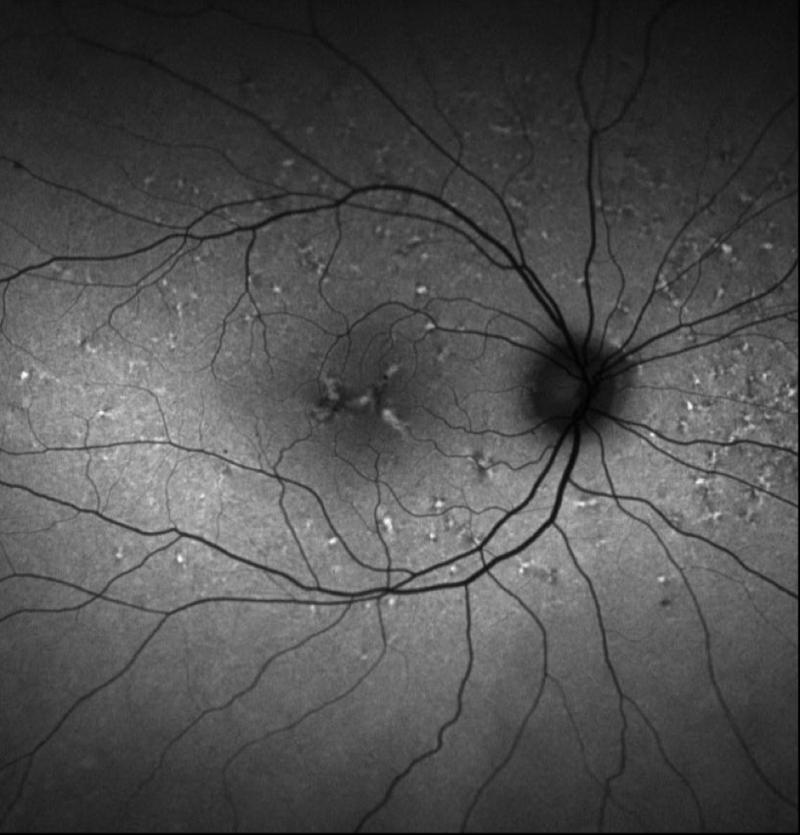
A 40-year-old woman consulted her local ophthalmologist after noticing visual distortion while reading, difficulties with her night vision, and sensitivity to light. Although the patient’s visual acuity was good—20/20 in her right eye and 20/25 in her left—her presentation was concerning for age-related macular degeneration (AMD), a condition known to have affected other family members, and she was referred to the Duke Eye Center for further work-up.
At Duke, a retinal specialist observed that the patient’s clinical presentation differed slightly from typical AMD and might instead be a genetic disease that mimics AMD. He referred her to Alessandro Iannaccone, MD, MS, the director of the Center for Retinal Degenerations and Ophthalmic Genetic Diseases at Duke.
Question: Iannaccone ultimately recommended a therapy commonly used to treat exudative complications from AMD. Why was it still beneficial to confirm that the patient’s condition was a pattern dystrophy rather than AMD, even if the treatment protocol did not change?
This Quick Case originally appeared in the November 7, 2017 issue of Clinical Practice Today.